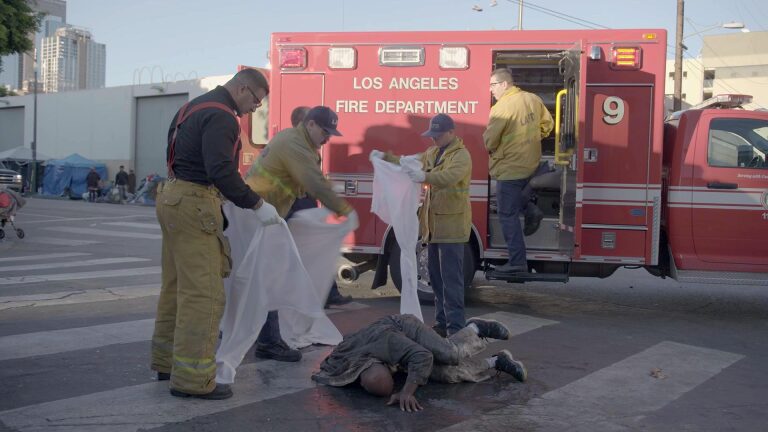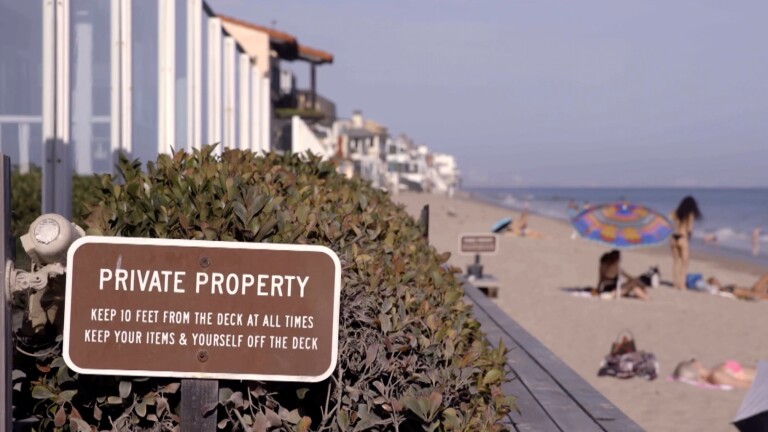
Cannabis Cowboys: Behind the Scenes at a Marijuana Raid
In 2009, "SoCal Connected" embedded with a marijuana eradication team in the San Bernardino Mountains to discuss the problem of illegal grow sites. The problem persists. We're reairing a version of the segment again, while exploring the continuing issues on the website.
Still a Problem, But Not Everywhere
When it comes to illegal marijuana grow sites in national parks, Sequoia and Kings Canyon National Parks had the worst problem. Now? Not so much. Over the past two years, rangers have not discovered a single plant, a drastic difference over the previous decade.
"We do a lot of early season operations and high profile patrols on canyon roads," Todd Bonds, Marijuana Interdiction Group supervisor for the parks, told "SoCal Connected" reporter Sarah Parvini. "We discourage them from even starting to plant because we want to reduce resource damage before it starts."
But in national forests, illegal grow sites continue to be discovered and eradicated. 114,095 marijuana plants were found in San Bernardino National Forest in 2013, along with 45,331 feet of waterlines and 22,020 pounds of infrastructure. Citing that data, KCET.org columnist Char Miller -- he's also the Director of Environmental Analysis at Pomona College -- argues that legalizing marijuana in the U.S. (not just Colorado and Washington) could "meaningfully disrupt growers' brutal impact on the land."
What Can You Do?
Besides a patrol strategy, what's also helped Sequoia and Kings Canyon National Parks extinguish the pot problem have been reports by the public. If you're out in a forest and come upon a marijuana cultivation site, officials urge you to back out immediately making as little noise as possible and taking note of your location, never engage with growers, and find a safe spot to report the site. KCET's blog SoCal Wanderer has more details.
Featuring Interviews With:
- Chris Jackson, regional commander, CAMP























